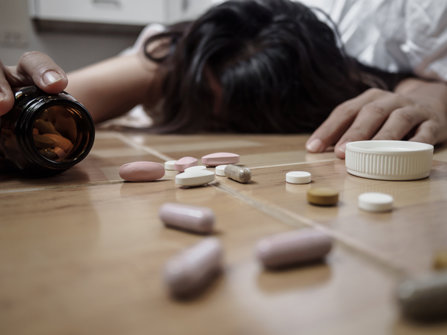Shellfish: The Most Unsuspecting Victims of the Opioid Crisis

The drug crisis has gone from bad, to worse. Each day that passes, more victims come to the surface whose lives have been touched by the U.S.’s drug problem. This has been quite a far-reaching problem that’s not only affecting those who use. Drug abuse not only affects the addict, but their family, friends, groups, and even their environment. Many of us have walked down city streets and noticed the used syringes, needle caps, and plastic baggies strewn like shrapnel from the explosion of addiction. Our planet is starting to see the ill effects mankind is having on the biosphere. Sprouting from the industrial revolution, the very things that make our world easier and more convenient are poisoning our lakes, oceans, and streams. We mow down rainforests to make way for luxury, high-rise condos and chase its residents into the cities, who then perish from environmental stress. Man has not been kind to his world, and the drug problem is making matters worse. Recently, off the coast of Washington State, the effect of the opioid crisis is being truly felt by one of its smallest residents…
Recently, mussels and other shellfish found in the Puget Sound have not only tested positive for the potent painkiller, oxycodone, but they were also found to be contaminated with household cleaning products, antibiotics, antidepressants, diabetes medication, and one chemotherapy drug.
Clambake, anyone?
The shellfish were also found to have four kinds of surfactants, which are chemicals known to disrupt animal’s hormone systems. Scientists who came across this startling discovery said the presence of painkillers in local mollusk populations speaks loudly of the number of people locally using opioids. Washington Department of Fish and Wildlife biologist Jennifer Lanksbury said, "A lot of the pharmaceuticals are probably coming out of our wastewater treatment plants. They receive the water that comes from our toilets and our houses and our hospitals, and so these drugs, we're taking them, and then we're excreting them in our urine so it gets to the wastewater treatment plant in that way.” Lanksbury also continued to say that people flushing their drugs down the toilet is another way the local wildlife is being harmed by our society.
After the disturbing findings, Lanksbury conducted other “mussel tests” to determine the contamination of specific water supplies. When the Seattle shoreline was tested, it’s seems like there’s a very specific, geographical problem. “All of our species indicate where contamination is coming into the Puget Sound. Most of the shorelines of the Puget Sound are pretty clean. It's these highly urbanized locations where we're starting to get concerned about the levels of pharmaceuticals and personal care products."
The sick part of the whole thing, despite the insane amount of drugs and chemicals found in the local wildlife, is the fact that I’m sure some of these shellfish are finding their way into restaurant kitchens nationwide and onto the plates of hungry customers. Now that’s the problem coming full-circle, isn’t it? We need to really take a look at our carbon footprint. Not only is drug use killing our species but it’s killing our home.
Sources:
